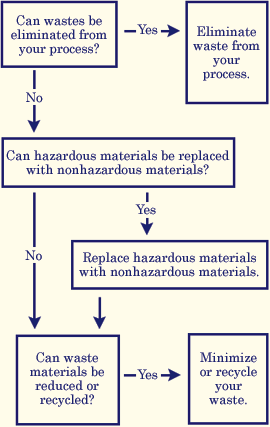Reduced Costs by Design
Bringing new technologies to market as quickly as possible is vital to the health of medical technology companies.
Medtronic Inc., Minneapolis, is a company focused solely on providing medical devices to the medical community and patients. Medtonic’s products require approval from the U.S. Food and Drug Administration (FDA) before they can be provided to customers. Changes made to product designs or manufacturing processes, often must be re-submitted to the FDA for approval.
Lost Time and Increased Waste
Waiting for approval from the FDA for significant product and process changes delays products getting to market—and to patients who need the life saving and sustaining devices. Medtronic also loses revenue. Inefficient processes cost the company money for waste disposal, raw material purchase and regulatory fees.
To improve efficiency without losing production time, Doug Fullen, corporate environmental director at Medtronic, said, “We needed to integrate environmental considerations into the product design process. In other words, to design Medtronic products our best the first time.”
Medtronic worked with the Minnesota Office of Environmental Assistance (OEA) to integrate Design for the Environment (DfE) into its processes. DfE is a process that incorporates environmental considerations up front in product design to help companies increase efficiency, reduce waste and save money. Medtronic received a $60,000 grant from the OEA for this project.
Evaluating Products Gets Results

One tool used to evaluate a product’s environmental impact is the flow chart shown below. Keeping in mind that waste costs money to dispose of, the first strategy is eliminating it from processes. If that can’t be done, the team works through the rest of the chart.
“This tool helps us identify and analyze regulatory requirements and costs that we would run into down the production line. Now we have the chance to plan for and minimize the impact of these requirements and the associated costs by changing the process,” said Fullen.
Medtronic also incorporated the Materials Productivity Process Overview Tool into its decision making. The company saved money by optimizing material use in product design and manufacturing processes, cutting material use by 75 percent. It also saved $2 million by reducing chemical use and wastewater loading by about 80 percent.
With financial assistance from the OEA, “the biggest investment we had to make was in the form of our own time and efforts. We enjoyed working with OEA,” said Fullen. “This project was one of the recipients of the 2002 Minnesota Environmental Initiative Awards.”